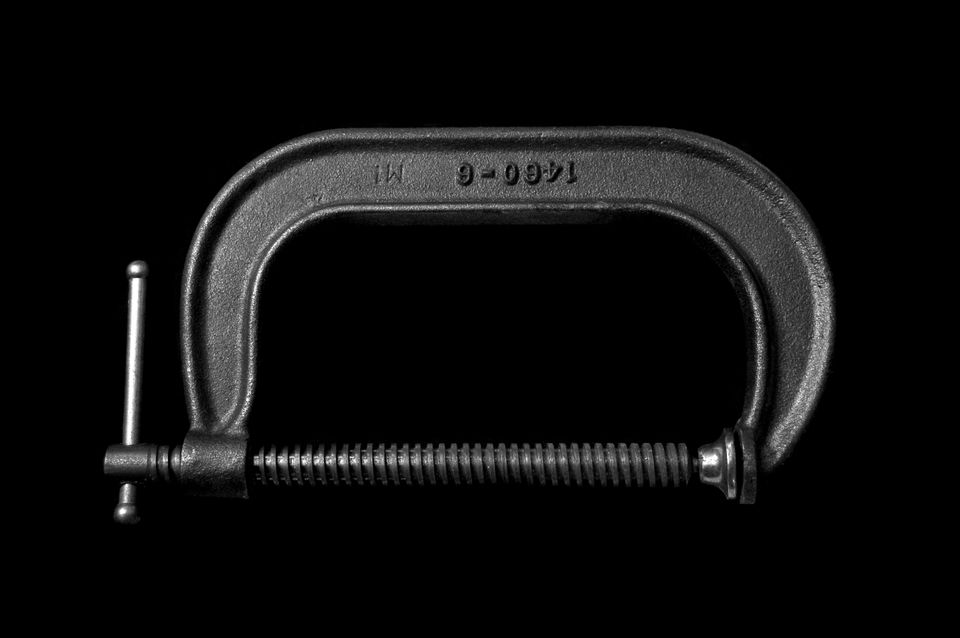
How to Optimize Images on Your Website
In web design, one of the most critical aspects of creating a website that looks great and loads quickly is optimizing images. High-quality images can significantly enhance the visual appeal of a website, but they can also slow down the site's load time, which can lead to a poor user experience and negatively impact your search engine rankings. In this blog post, we'll cover some tips and techniques for optimizing images for web design.
Choose the Right Image Format
The first step in optimizing images for the web is to choose the right file format. There are three primary image formats to choose from: JPEG, PNG, and GIF. JPEGs are best for photographs, PNGs are ideal for graphics and images with transparency, and GIFs are perfect for animations. By choosing the right format for each image, you can ensure that the file size is minimized without sacrificing image quality.

Compress Images
Compressing images is a critical step in optimizing them for the web. Image compression reduces the file size of an image by removing unnecessary data, without reducing the quality of the image.
Reputable Image optimizes the file size of each image in our websites in order to get the maximum load speed while still maintaining image quality, but if you'd like your images to be compressed prior to uploading them, there are several tools available out there to help you compress images, such as TinyPNG and Kraken.io. You can also use image editing software, like Adobe Photoshop or GIMP, to compress images manually.
Use Proper Dimensions
Using the proper dimensions for your images is another important aspect of image optimization. Images that are too large or too small can negatively impact the user experience and site load time.
It's essential to use images that are appropriately sized for their intended use on the website. For example, if you're using an image as a background, you'll need to ensure that the image is large enough to fit the screen's dimensions without distorting.
Optimize Alt Tags
Alt tags are used to provide an alternative description of an image for users who cannot view the image. Search engines also use alt tags to understand what the image is about. By optimizing your alt tags with relevant keywords, you can improve your search engine optimization and help users better understand your content.
Use a Content Delivery Network (CDN)
Finally, using a Content Delivery Network (CDN) can significantly improve the load time of images on your website. A CDN is a network of servers that distribute content, including images, to users based on their location. By storing your images on a CDN, you can reduce the time it takes to load them, improving the user experience and site performance.
In conclusion, optimizing images for web design is a critical aspect of creating a website that looks great and loads quickly. By choosing the right file format, compressing images, using proper dimensions, optimizing alt tags, and using a CDN, you can ensure that your images are optimized for the web, improving your site's performance, and enhancing user experience.
Not only this but you will be taking care of an important aspect of Search Engine Optimization, which will help you rank higher than the competition on Google.
Read more about SEO Here!

